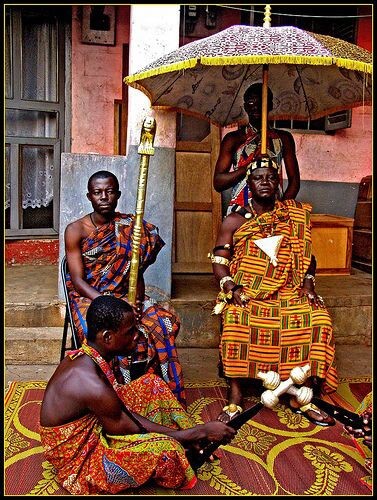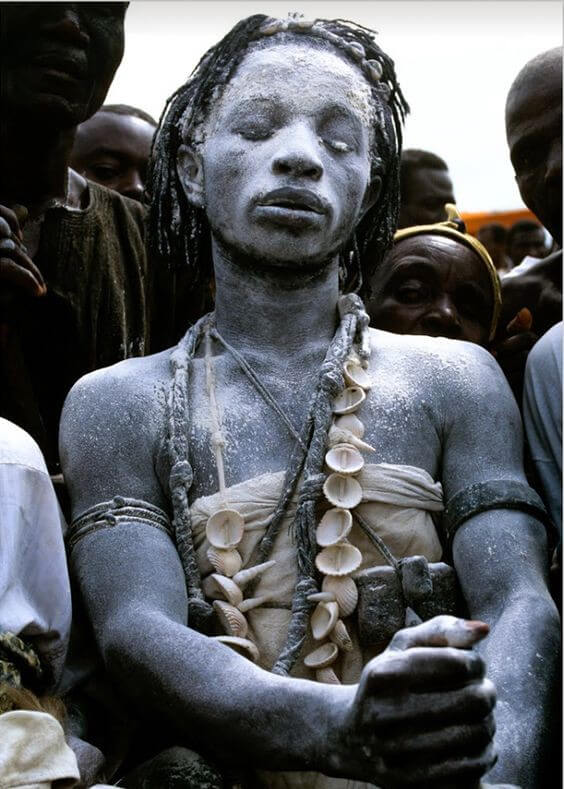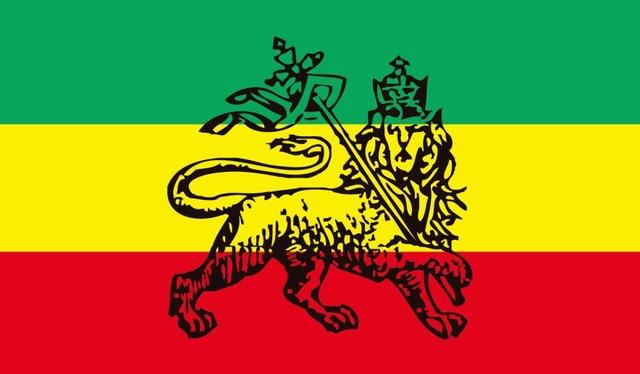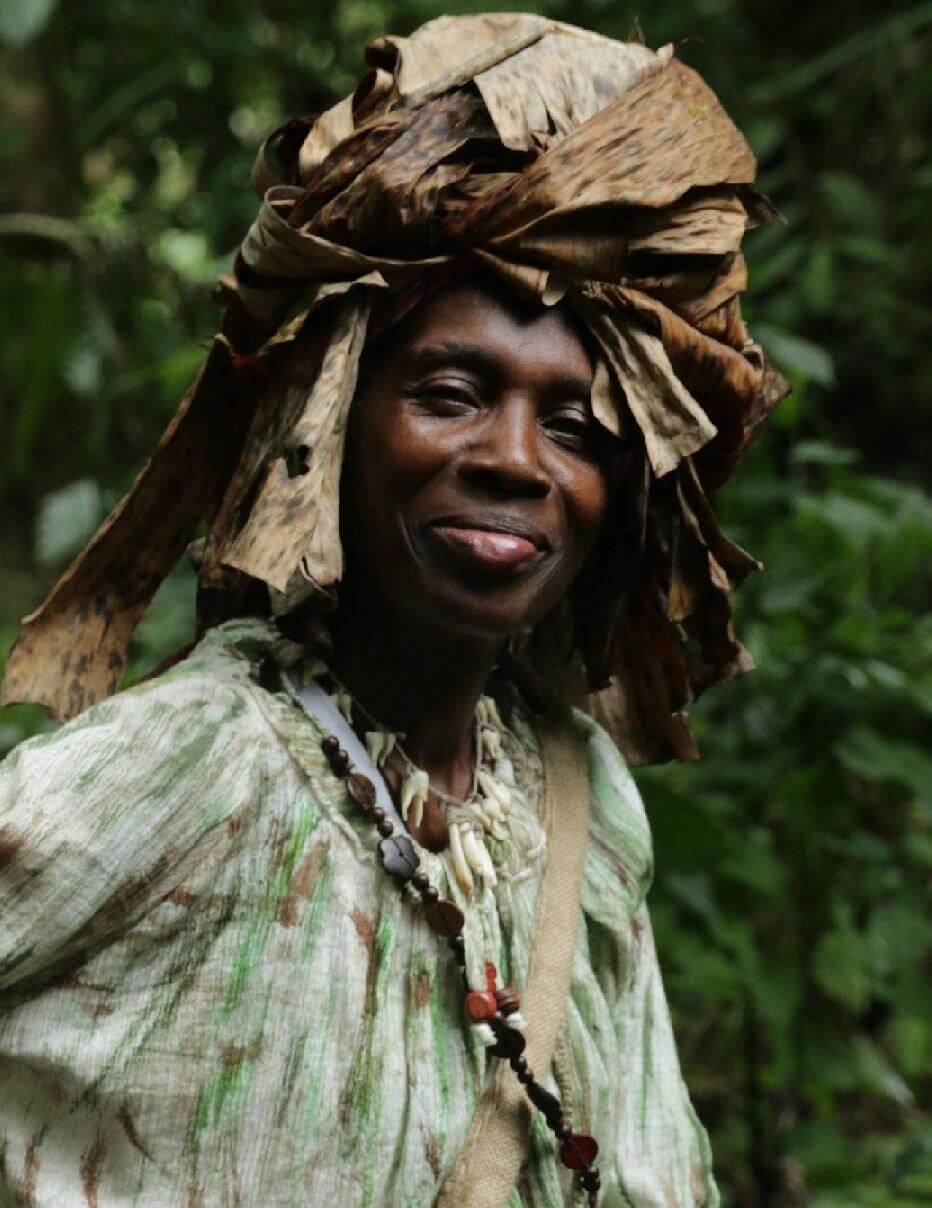Benjamin is a ravenous wolf; in the morning he shall devour the prey, and at night he shall divide the spoil
-Genesis 49:27
Note: It is recommended to read the House of Judah before reading this article
Benjamin was the 12th son of Jacob, the tribe of Benjamin was taken into the Americas as slaves along with the tribes Judah and Levi of the House of Judah. These Benjamites (Coromantins or Maroons as they were known) were ferocious fighters and fled slavery by fighting the Spaniards and hid in the mountainous regions of the Island of Jamaica and other nearby Islands (Barbados, Trinidad). Many of these Maroons were taken from the Ashanti region of West Africa (former Gold Coast region located in modern Ghana). The Ashanti as well as many other tribal West African nations (Grebo in Liberia, Yoruba and Igbo of Nigeria, Akan of Ghana..etc) still hold to many ancient Hebrew customs. The name ‘Ashanti’ has Hebrew origins, the “TI” at the end meaning race of people and “ASHAN” meaning smoke. Joseph Williams noted and documented the comparisons and similarities between the Ashanti and Hebrew customs:
PAGE 66, Thus far, however, we have shown certain cultural elements common to the ASHANTI and the ancient Hebrews, such as the ob cult, religious dances, use of "Amen", vowel value, patriarchal system, parallel symbolism of Authority in "stool" and "chair", endogamy, cross-cousin marriages, familiar names, exogamy, simplicity of marriage rite and the part wine plays in the ceremony, uncleanness after child birth, purification ceremony, Menstrual seclusion. and ceremonial ablutions; besides ASHANTI loan words of apparent Hebrew origin.
-Joseph J Williams (Hebrewism of West Africa, 1930)
PAGE 22 In the first place, many Hebrewism were discovered in the ASHANTI tribal customs. Then, several ASHANTI words were found to have a striking resemblance to those of equivalent Hebrew meaning. finally the supreme being of the ASHANTI gave a strong indication of being the "Yahweh" (YHWH) of the "old testament".
-Joseph J Williams (Hebrewism of West Africa, 1930)

PAGE 70, For they ascribe to god the attributes of omnipresence, omniscience, and Invisibility, besides which they believe that he governs all things by providence. By reason god is invisible, they say it would be absurd to make any corporeal representation of him. Wherefore they have such multitude of Images of their Idol gods which they take to be subordinate deities to the supreme god.
-Joseph J Williams (Hebrewism of West Africa, 1930)

Fierceness of Benjamin
Although Benjamin was the smallest tribe of Israel, they were possibly the fiercest. Mordecai and Esther both were Benjamites and were used by God to deliver the Hebrews/Jews while in captivity in Babylon according to ancient Jewish texts (Esther, this is where the origins of Purim comes from). They were badly outnumbered but held their ground and stood against the rest of Israel in a civil war slaughtering 40,000 Israelites before God allowed them to be defeated the third day (Judges 20). It should be noted that at the end of this war, the Israelites had burned down the Benjamite city which is how the Benjamites recognized they had been defeated, this may be where the name Ashanti originates considering it means “the people of the smoke city.”
Benjamin in Jamaica
In Jamaica, the enslaved Maroons fought fiercely just as their ancient ancestors did in Israel, firmly believing in liberty or death, some Spaniards even called them ‘cimarrones’ which means “wild” or “untamed.” There were 16 slave revolts between 1655 and 1813. By the 1820s, plantations were losing some 2,500 Maroons per year as they continued to fight off their oppressors and run away into the mountains. In 1831 the largest slave uprising was initiated in Northern Jamaica with 20,000 Maroons attacking 200 plantations and taking over large pockets of land. This rebellion lasted only 10 days but it took British troops all of January of 1832 to gain back control which eventually they did. Plantation owners were terrified of more uprisings after this and Parliament was soon in talks of ways to end slavery.
This is why Benjamin was associated with the wolf, an animal known for its boldness and fierceness in battle which they showed throughout history. The Apostle Paul who wrote a large portion of the New Testament also confesses to be of the tribe of Benjamin (Romans 11), Paul (then Saul, the Apostle sent to preach to the Gentiles) was relentless in arresting the early Hebrew Christians before God rebuked him and after Paul came to accept Yeshua, he continued in his boldness being relentless in his love for others. This is what he learned from studying Yeshua’s teachings; eventually becoming the strongest contributing author to the canonized New Testament doctrine. Moses wrote about the tribe of Benjamin saying:
12 And of Benjamin he said, The beloved of the Lord shall dwell in safety by him; and the Lord shall cover him all the day long, and he shall dwell between his shoulders.
-Deuteronomy 33:12
Often the Maroons would flee from the plantation owners and into the Blue Mountains or the “Cockpit country” since it was very difficult for the British to hunt them down in that region. There they formed independent communities from their oppressors, the mountainous region of Jamaica became their refuge, this could be the safety of the Benjamites that Moses prophesied about with them hiding in the shoulders of God. The Maroons were experts at navigating this terrain over the British and also used an abeng (cow horn, a bugle) to signal alarm and other communication to each other over long distances just as their ancient ancestors did also:
Blow the ram's horn in Gibeah,
The trumpet in Ramah!
Cry aloud at Beth Aven,
'Look behind you, O Benjamin!'
-Hosea 5:8
Sources:
http://polohco.com/get/Tribe_of_Benjamin.pdf
https://www.momentmag.com/book-review-black-jews-in-africa-and-the-americas/
https://blackhistory938.wordpress.com/tag/tribe-of-benjamin/
https://www.gotquestions.org/tribe-of-Benjamin.html
https://blackhistory938.wordpress.com/tag/jamaican-maroon/
http://sirkoywayo.blogspot.com/2014/06/akans-in-bible-hebrews-of-africa.html
http://ghanarising.blogspot.com/2013/03/history-are-ashantis-akans-from-ashan.html
http://abolition.e2bn.org/resistance_54.html
https://ipfs.io/ipfs/QmXoypizjW3WknFiJnKLwHCnL72vedxjQkDDP1mXWo6uco/wiki/Coromantee.html




